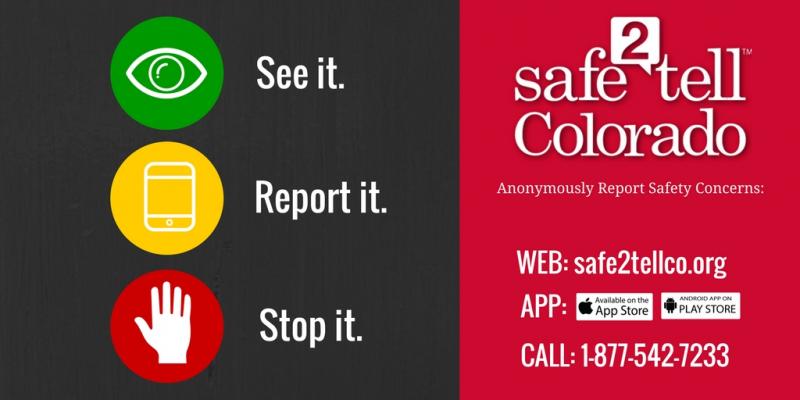RESOURCES
Colorado Model Bullying
Prevention and Education Policy
The Colorado Department of Education (CDE) is authorized by C.R.S. 22-2-144, also known as "Ashawnty's Law," with developing a model bullying prevention and education policy (Model Policy). The purpose of the Model Policy is to provide guidance to school districts, charter schools, and the Charter School Institute when developing bullying prevention and education policies. As per the law, the development of the Model Policy is informed by research on the approaches, policies, and practices related to bullying prevention and education used by education providers in other states. CDE is required to update the research and policy every three years.
Ashawnty's Law
Ashawnty was a 10-year-old student in Colorado who died by suicide in 2017, in part, because of her experience being the target of bullying. Ashawnty’s Law tasked CDE with researching the approaches, policies, and practices related to bullying prevention and education used in other states for the purpose of developing the Model Policy to serve as guidance for Colorado school districts.
Jack & Cait's Law
This law is named after Jack Padilla and Caitlyn Haynes both of whom died by suicide, in part, because of their experiences being the target of bullying. Jack and Cait’s Law expands upon Ashawnty’s Law: (1) tasking CDE with utilizing a stakeholder process, which must include participation by the parents of students who have been bullied, when updating the Model Policy, (2) requiring the model policy to differentiate between conflict, harassment, and bullying, (3) clarifying the role of cyberbullying during online instruction, and (4) requiring school districts to ensure that their bullying prevention and education policies, at a minimum, incorporate the approaches, policies, and practices outlined in the Model Policy.
Kiana's Law
The Colorado General Assembly made changes to the state’s anti-harassment laws (C.R.S. 18-9-111) in 2015 in response to the attempted suicide of 14-year-old Kiana Arellano. After experiencing months of cyberbullying, Kiana's attempt resulted in a traumatic brain injury and paraplegia. Kiana Arellano’s Law makes it a class 2 misdemeanor to cyberbully others in Colorado when the behavior rises to the level of criminal intent to harass, annoy, or alarm another person. Additionally, Kiana Arellano’s Law states that cyberbullying occurs or is committed at the place where the electronic communication was either made or received.
CASEL | Social-Emotional Learning
CASEL's five broad, interrelated areas of competence are: self-awareness, self-management, social awareness, relationship skills, and responsible decision-making are embedded into our Bullying Prevention Curriculum. Learn more by visiting their website below.
Colorado Academic Standards
Our Bullying Prevention Curriculum was designed with the Comprehensive Heath Standards from the Colorado Department of Education. You can explore those standards by clicking on the link below.
Positive Youth Development
Positive youth development, is a strengths-based view of adolescence. This approach focuses on helping youth acquire the knowledge and skills they need to become healthy and productive adults.
PEER Kindness can facilitate a PYD with your youth-serving organization. Contact us to learn more.
Safe2Tell
Anonymously report anything that concerns or threatens you, your friends, your family, or your community. We take your reports any time, any day.
PACER.org
PACER provides bullying prevention resources for K-12 youth, families, and educators.
Stopbullying.gov
A federal government website managed by the
U.S. Department of Health and Human Services.









